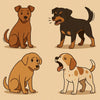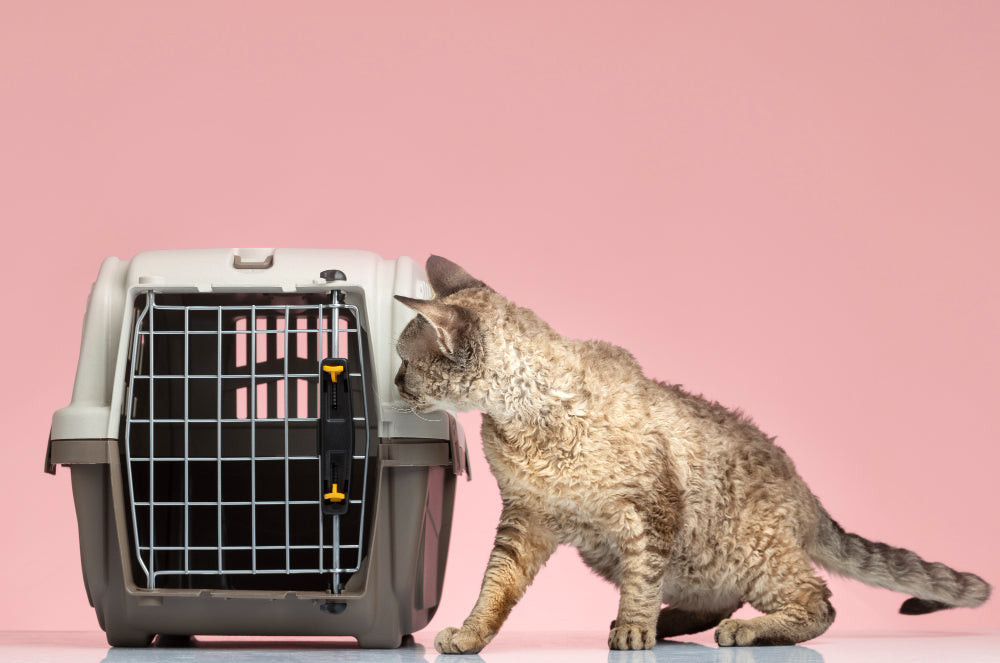
How to read your dog: Understanding body language and preventing incidents
, by Michael van Wassem, 5 min reading time

, by Michael van Wassem, 5 min reading time
"Reading" a dog is perhaps the most important skill any dog owner can develop. By understanding your dog's signals, you can not only prevent biting incidents, but also deepen your bond with your four-legged friend. Dogs communicate with us constantly – just often in a more subtle way than we are used to.
In this blog, we explain why it's so important to learn how to read your dog, what signals to watch out for, and how you can put this into practice.
Many people think a dog bites "out of the blue" or suddenly becomes aggressive. In reality, a series of warning signs almost always precede such behavior. Ears back, stiff posture, avoiding eye contact or a fixed stare – all signals that your dog is feeling uncomfortable.
Those who learn to recognize these signals and react to them in a timely manner can prevent problems. Furthermore, properly understanding your dog ensures:
More safety for you, your family, and your surroundings.
Less stress for your dog, because he feels heard and understood.
A stronger bond between humans and dogs, based on trust and respect.
Ears forward: curious or alert.
Ears flat back: insecure or anxious.
Staring gaze: tension or threat.
Looking away: avoiding conflict.
Loose wagging of the tail: relaxation and joy.
Stiff tail straight up: tension, alertness.
Tail tucked between the legs: fear or uncertainty.
Stiff body: stress or aggression is coming.
Relaxed face: calm dog.
Lip twitching or showing teeth: warning.
Grumbling: "Stop now, I don't feel comfortable."
Panting without exertion: a sign of stress.
Licking the lips without eating.
Excessive yawning.
To turn around or to turn away.
Excessive scratching or shaking without a reason.
These subtle signals are often missed, while they are precisely the key to preventing escalation.
Give your dog space – Give your dog some distance if he shows signs of tension.
Stay calm – Punishing or getting angry is counterproductive.
Offer alternatives – Distract with a toy, training, or reward.
Recognize patterns – When does your dog exhibit certain behaviors? Learn to recognize the triggers.
Observe daily: Take a few minutes each day to consciously look at your dog.
Pay attention to small signals: Tension often starts very subtly. The sooner you notice it, the easier it is to adjust.
Train with rewards: Reward calm behavior so your dog learns that relaxation pays off.
Take a course: Professional guidance can help you understand signals even better.
Involve your family: Teach children how to interact with the dog and which signals to recognize.
When you recognize and respect your dog's signals, your dog will feel safer and be less likely to feel the need to defend itself. The result:
A happy dog who feels seen.
A calmer household without stress.
A stronger bond based on trust and cooperation.
Learning to read your dog is not a luxury, but an absolute necessity. Dogs constantly communicate through body language and subtle signals. By learning to recognize and correctly interpret these signals, you prevent incidents and create a safe, loving relationship with your dog.
Fidello's tip: Take a good look at your dog today. What signals is he showing? How is he feeling right now? The better you learn to read your dog, the better your life together will be.


